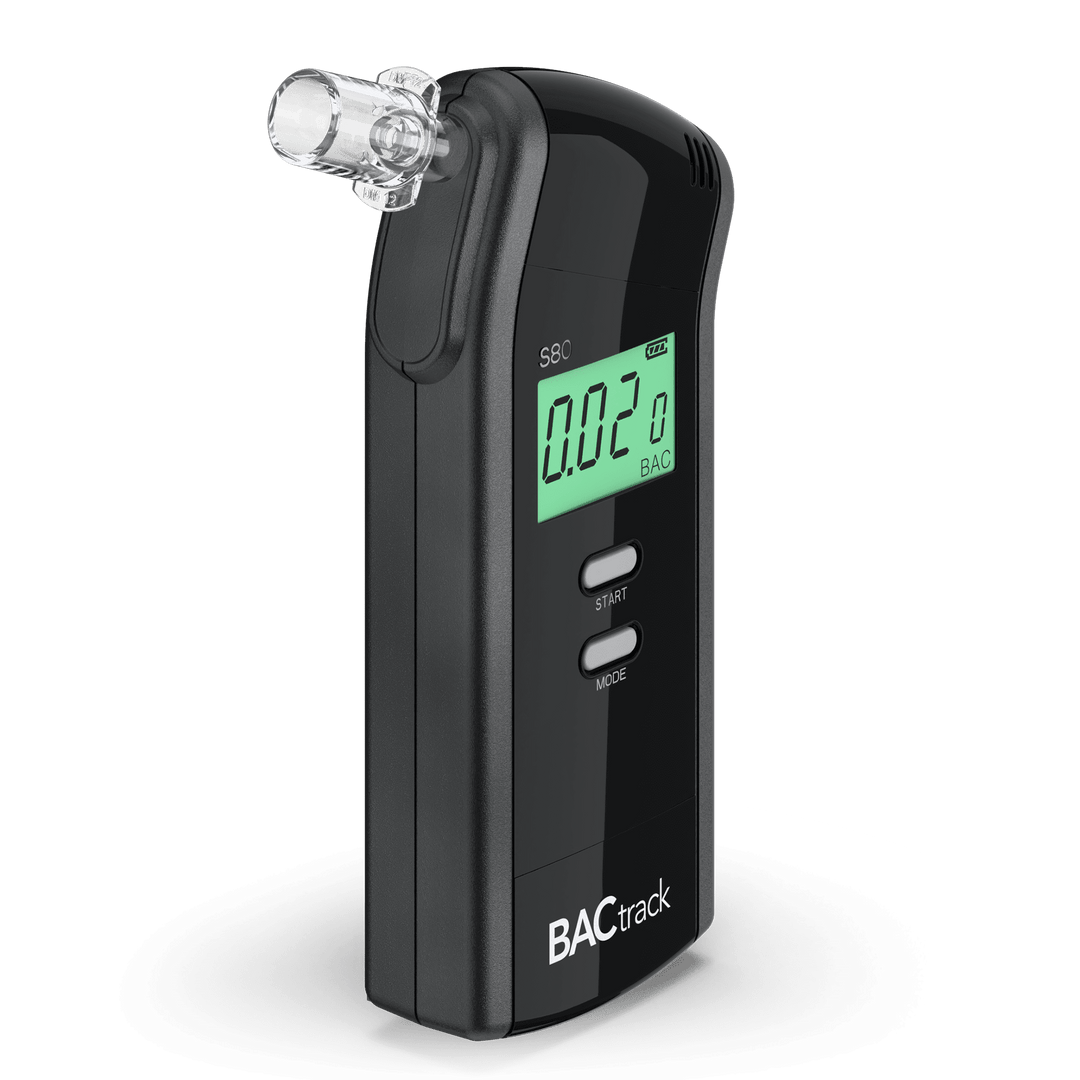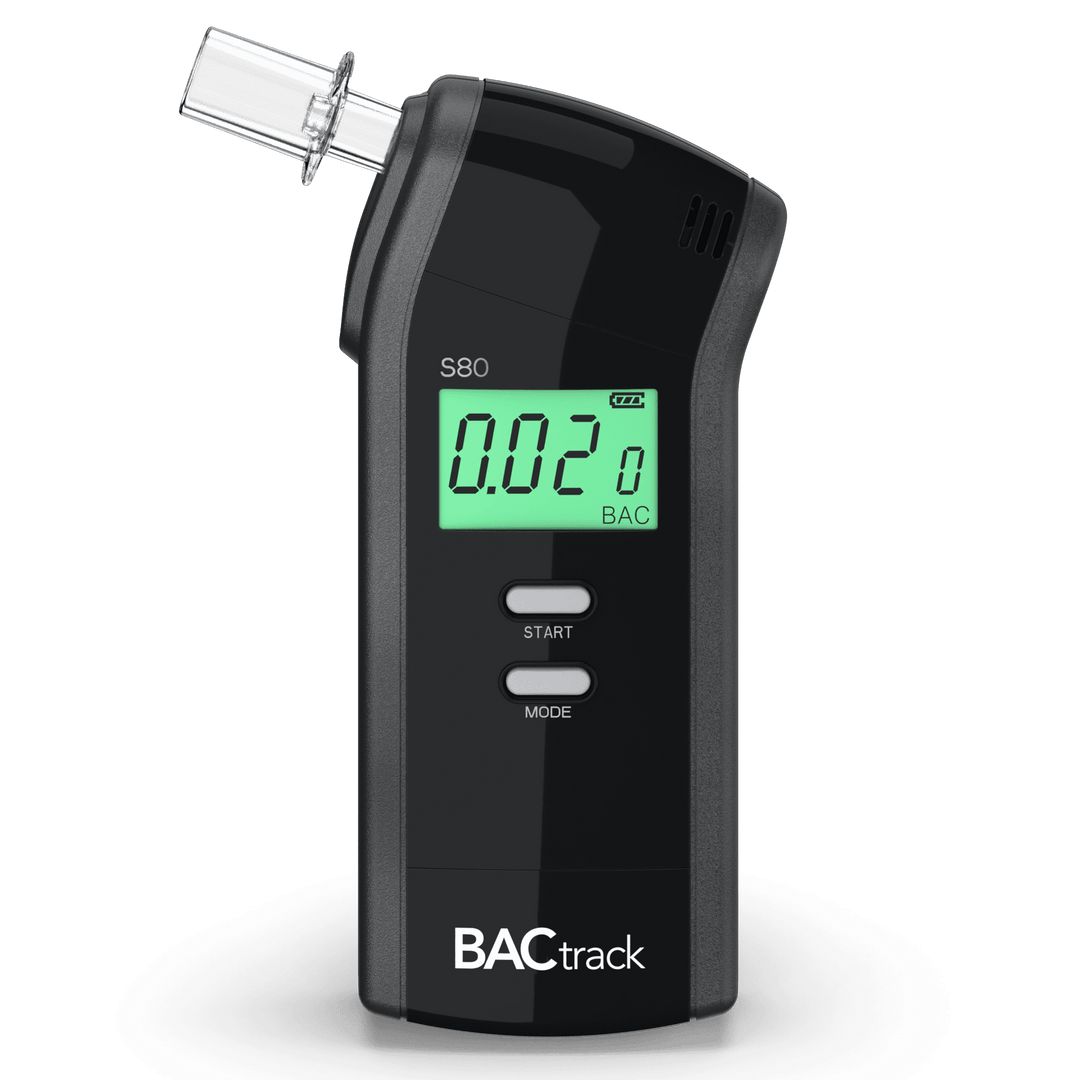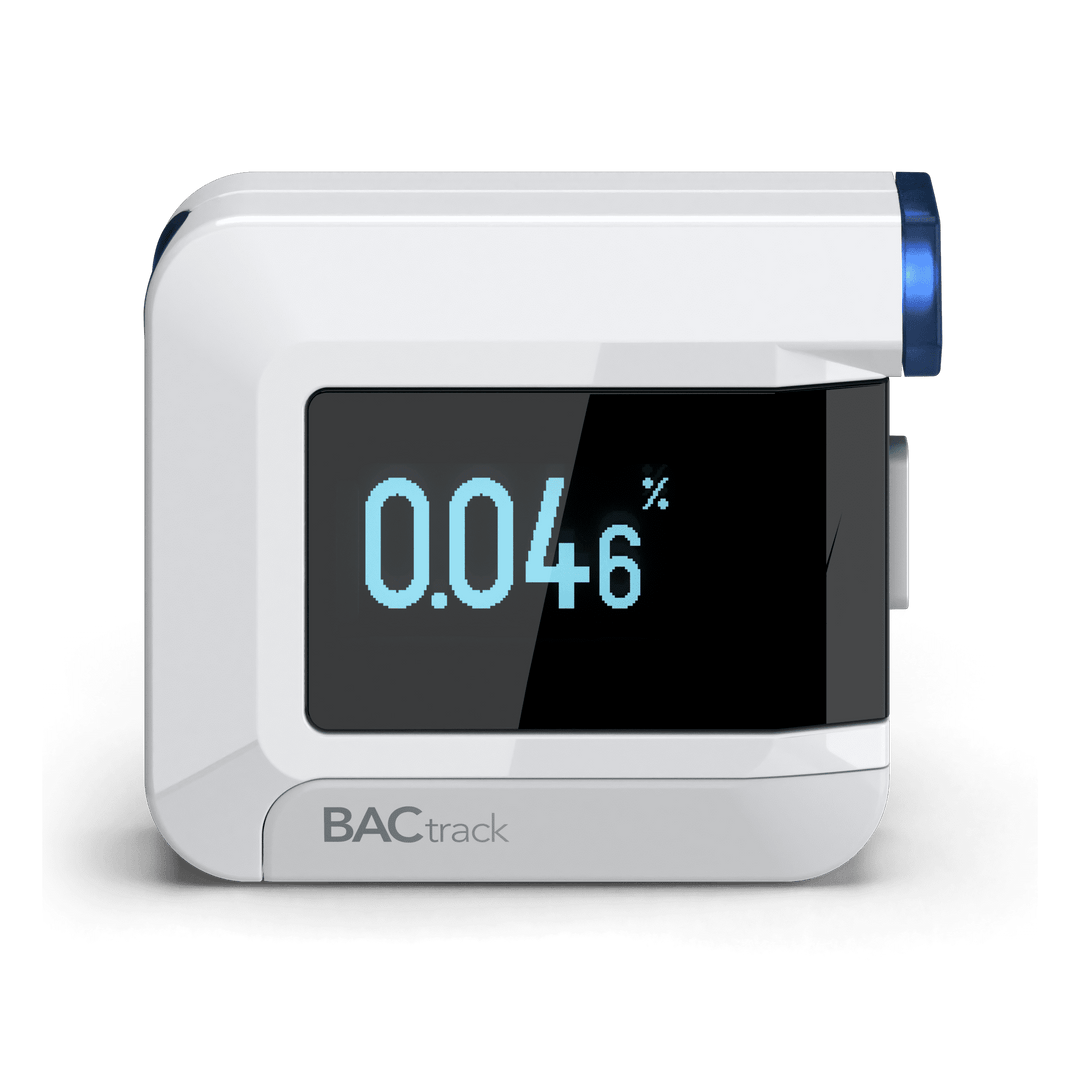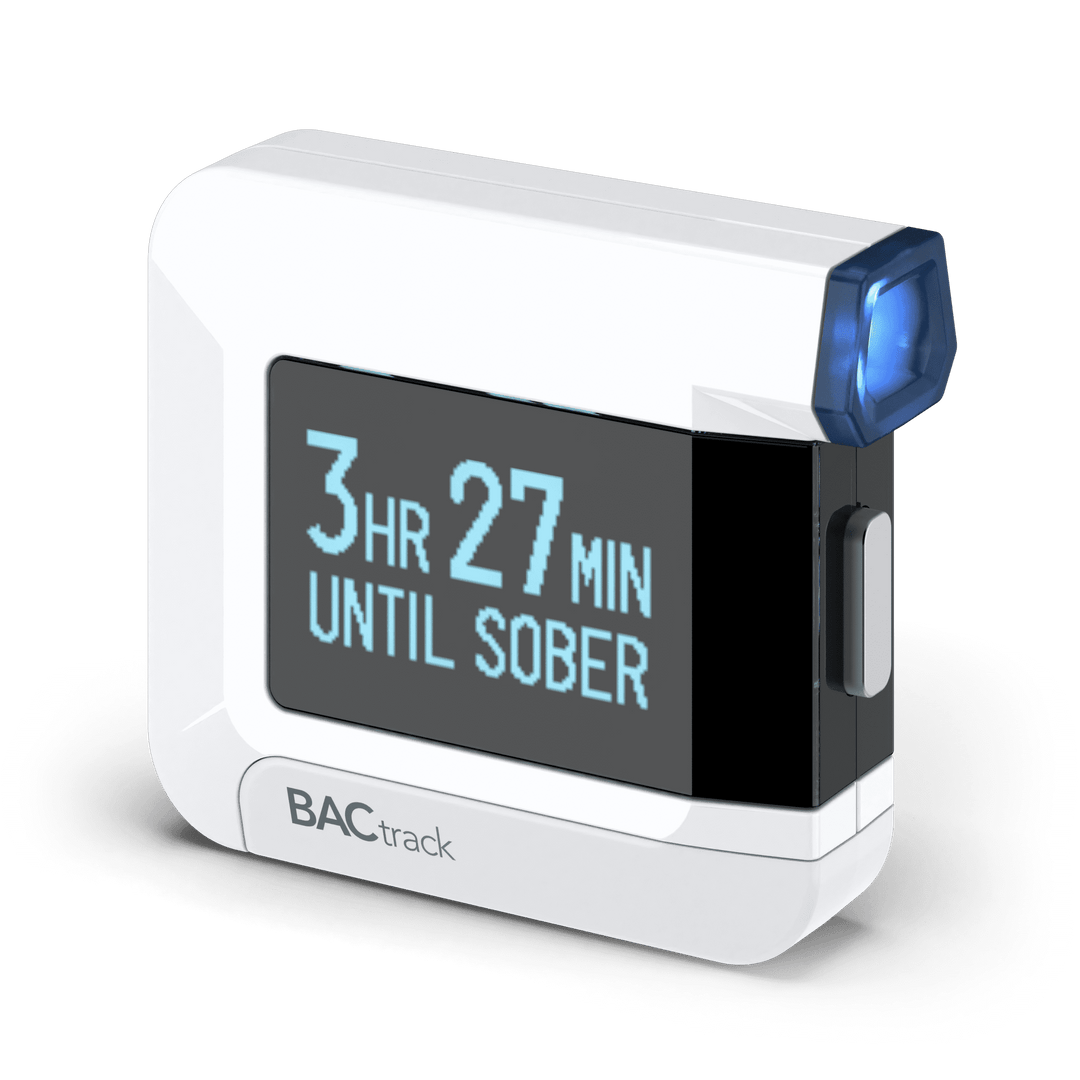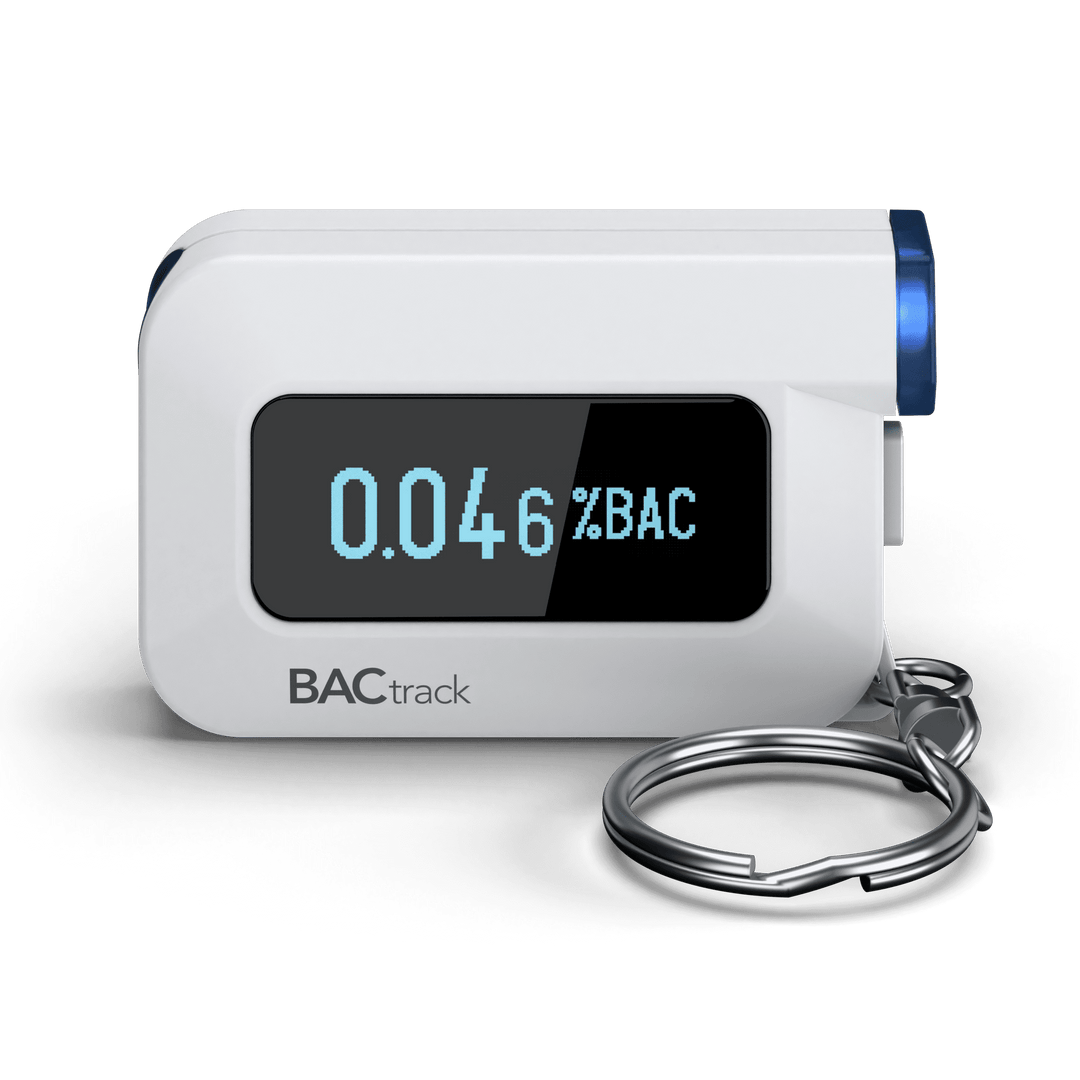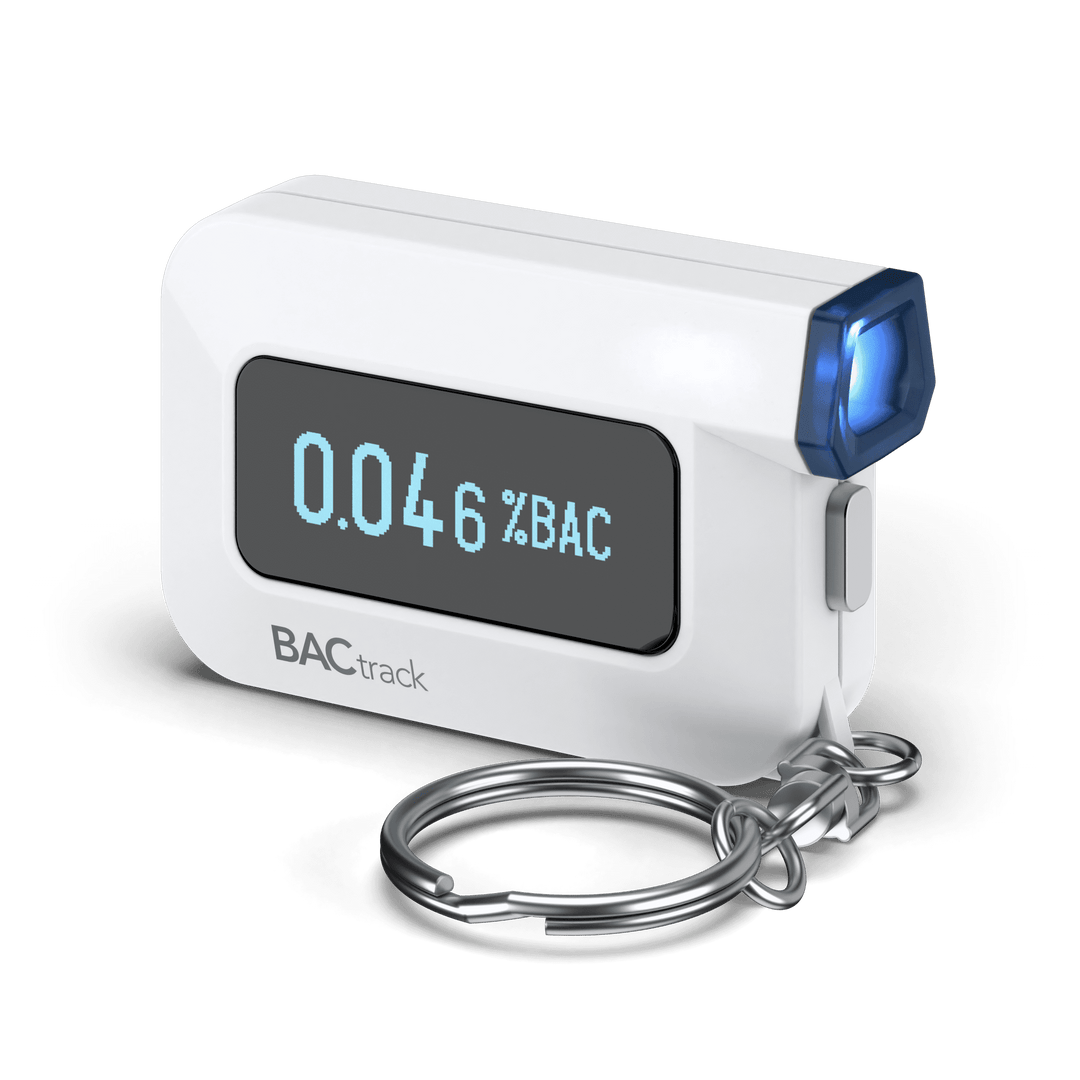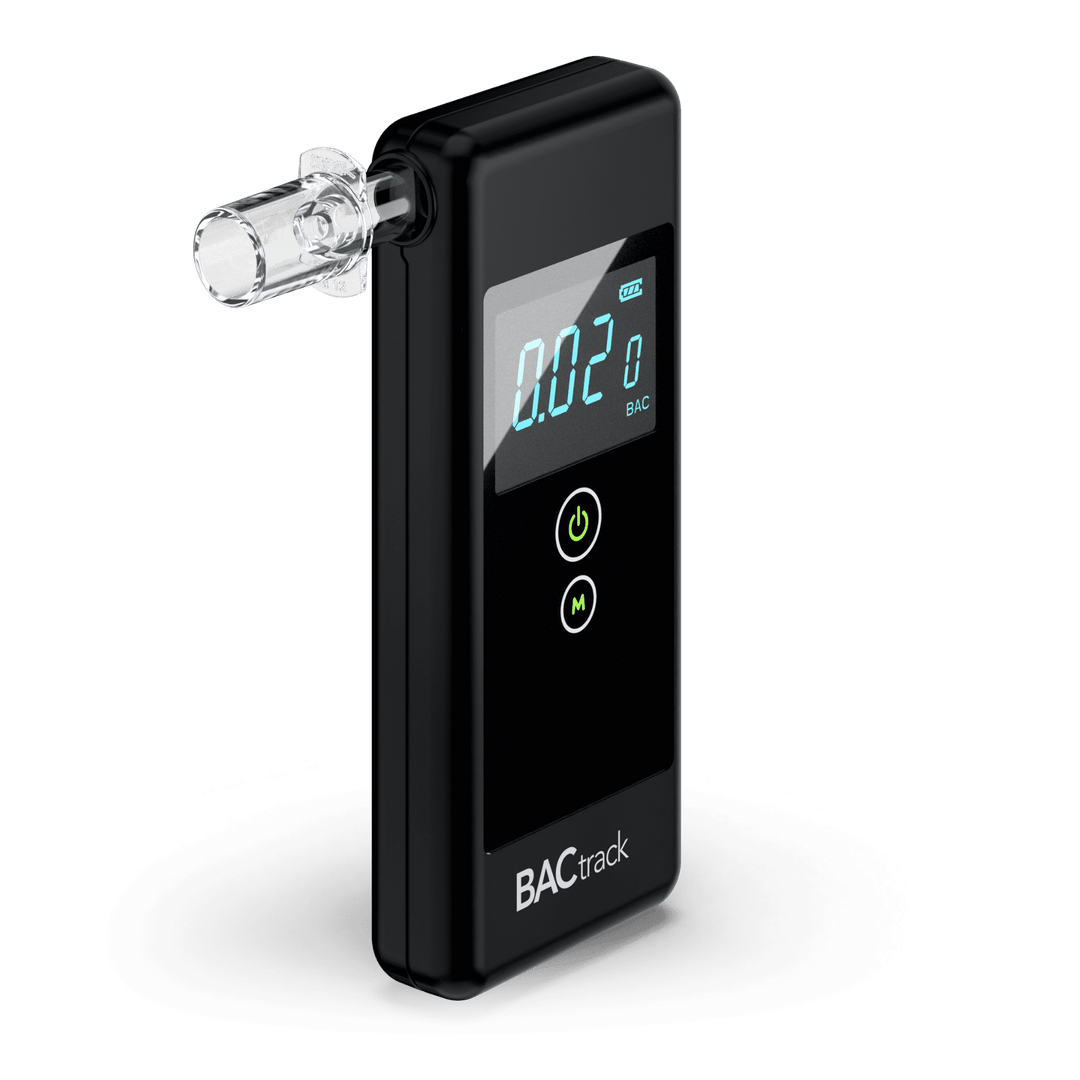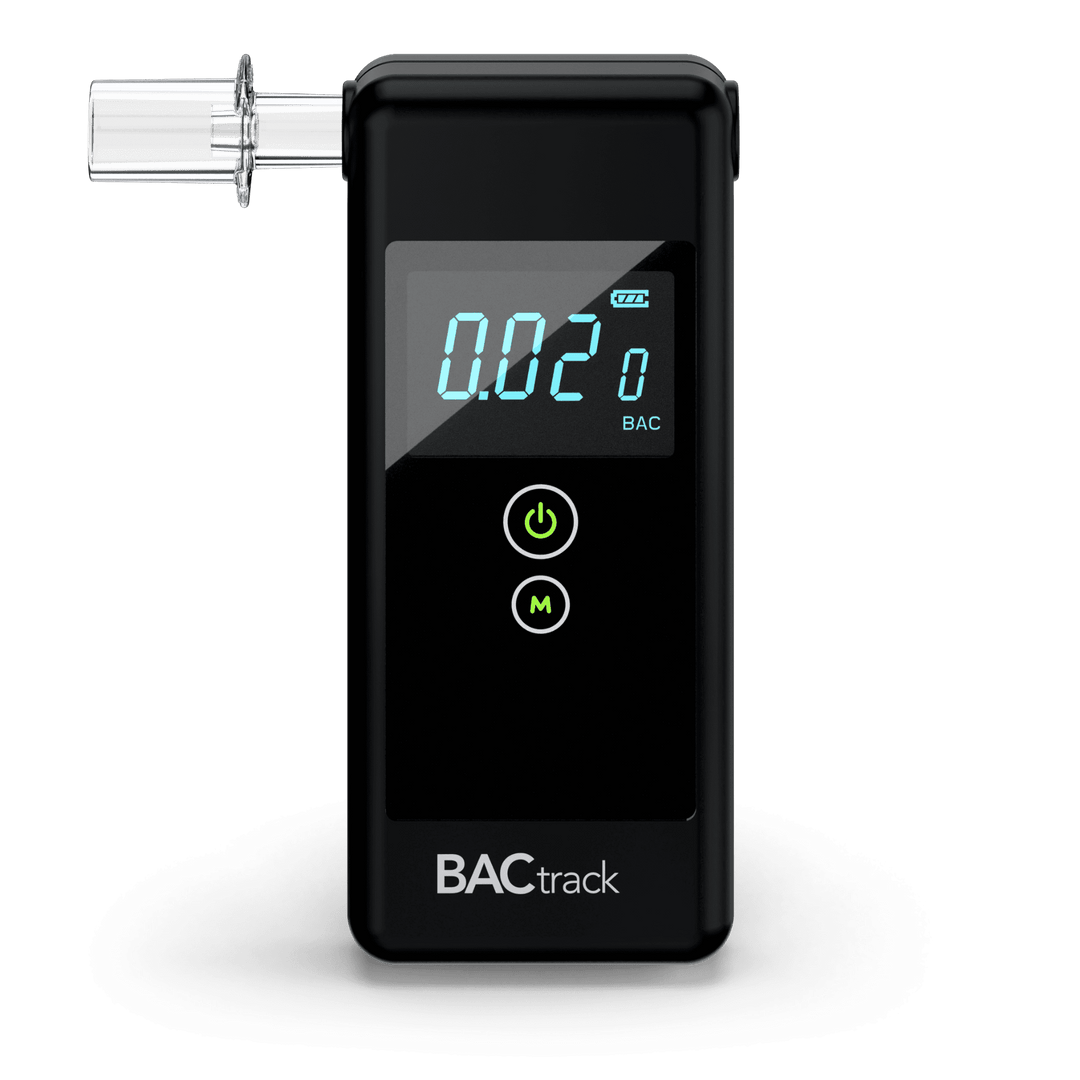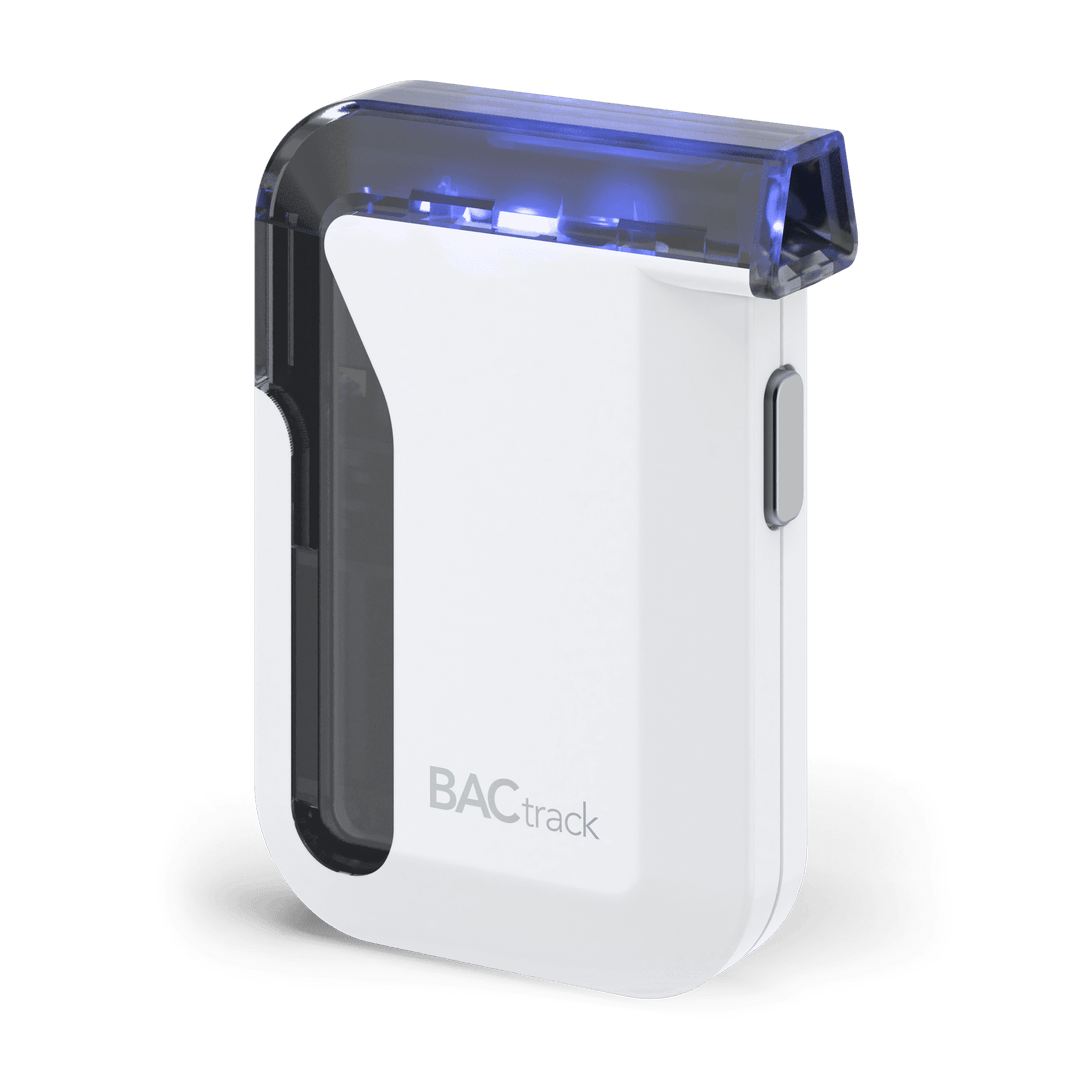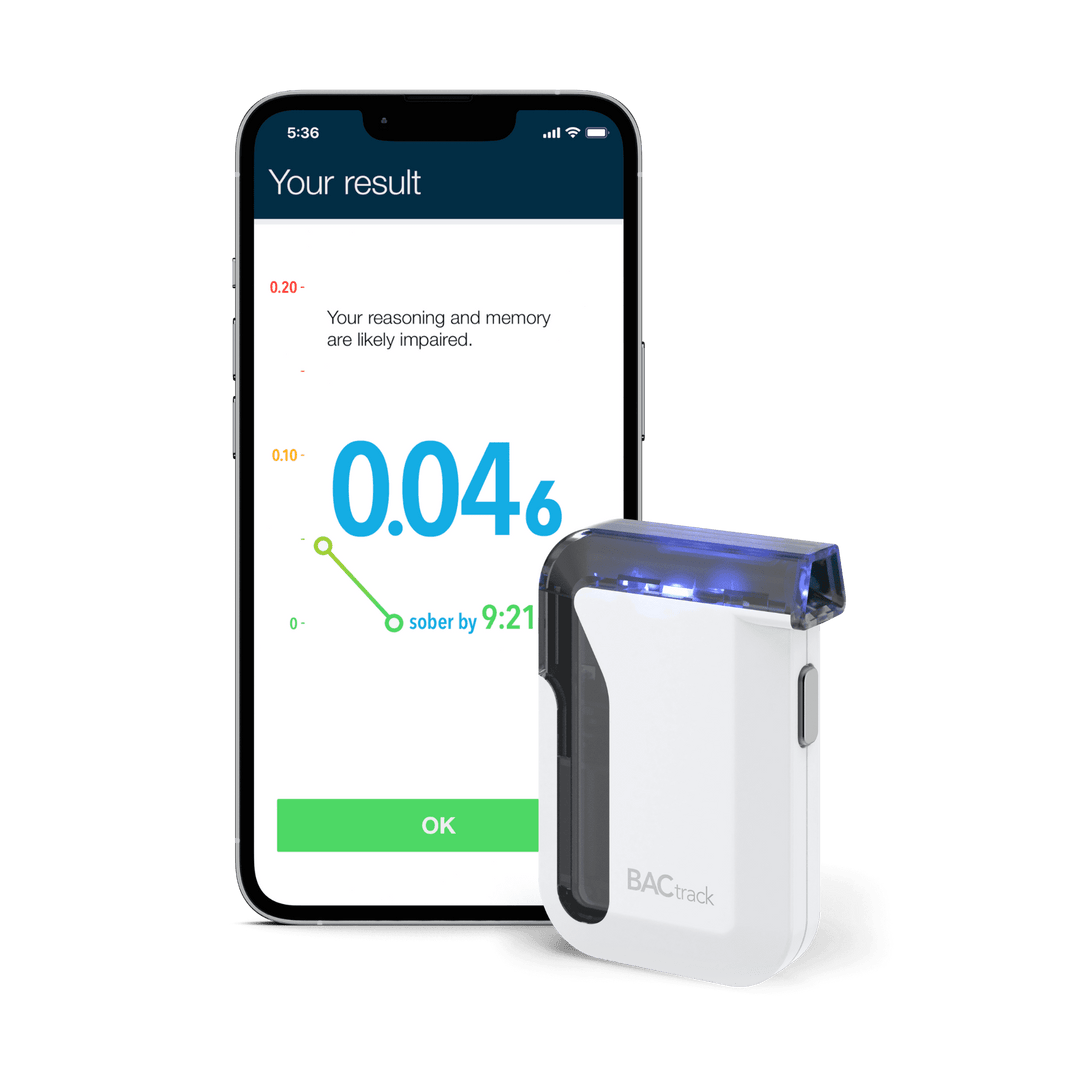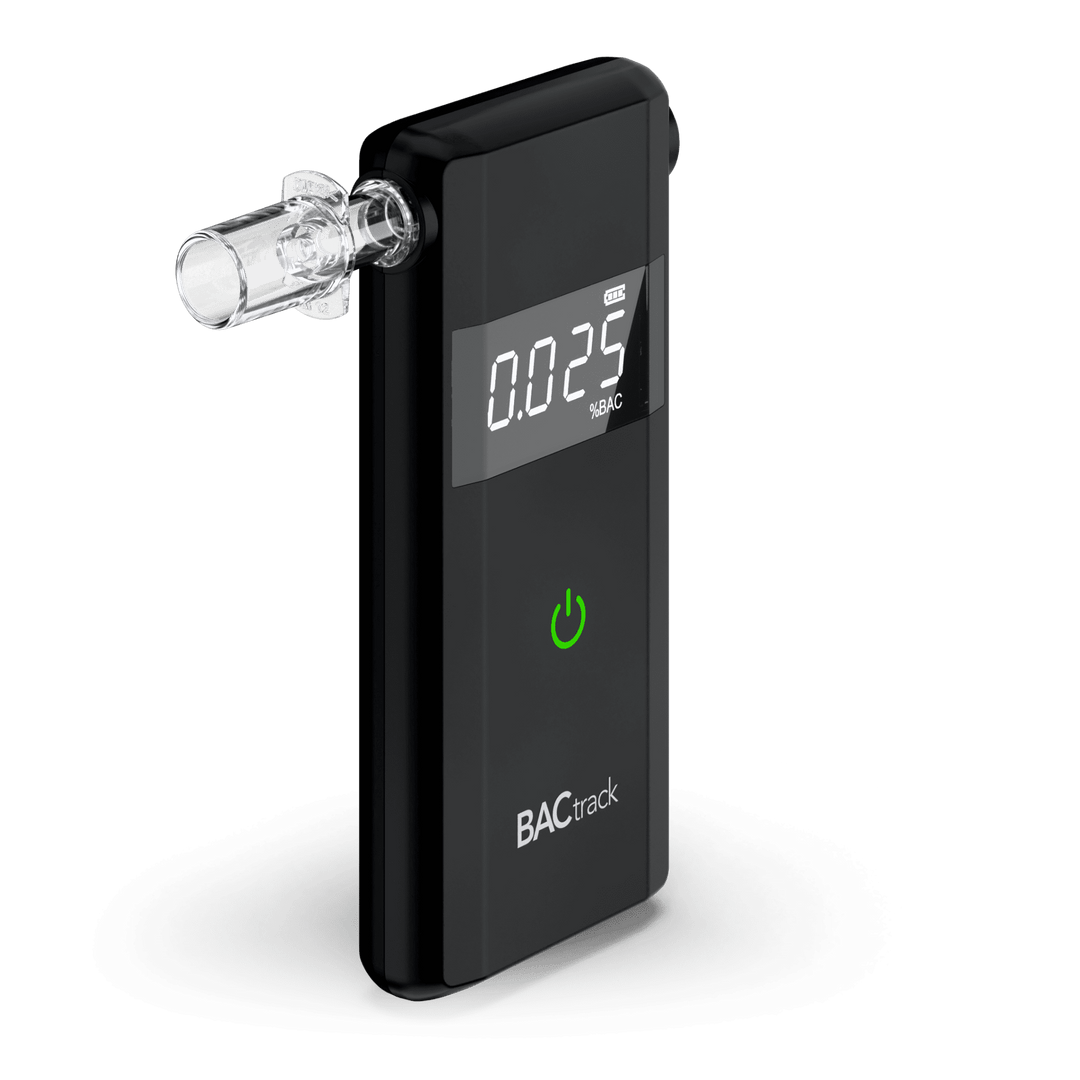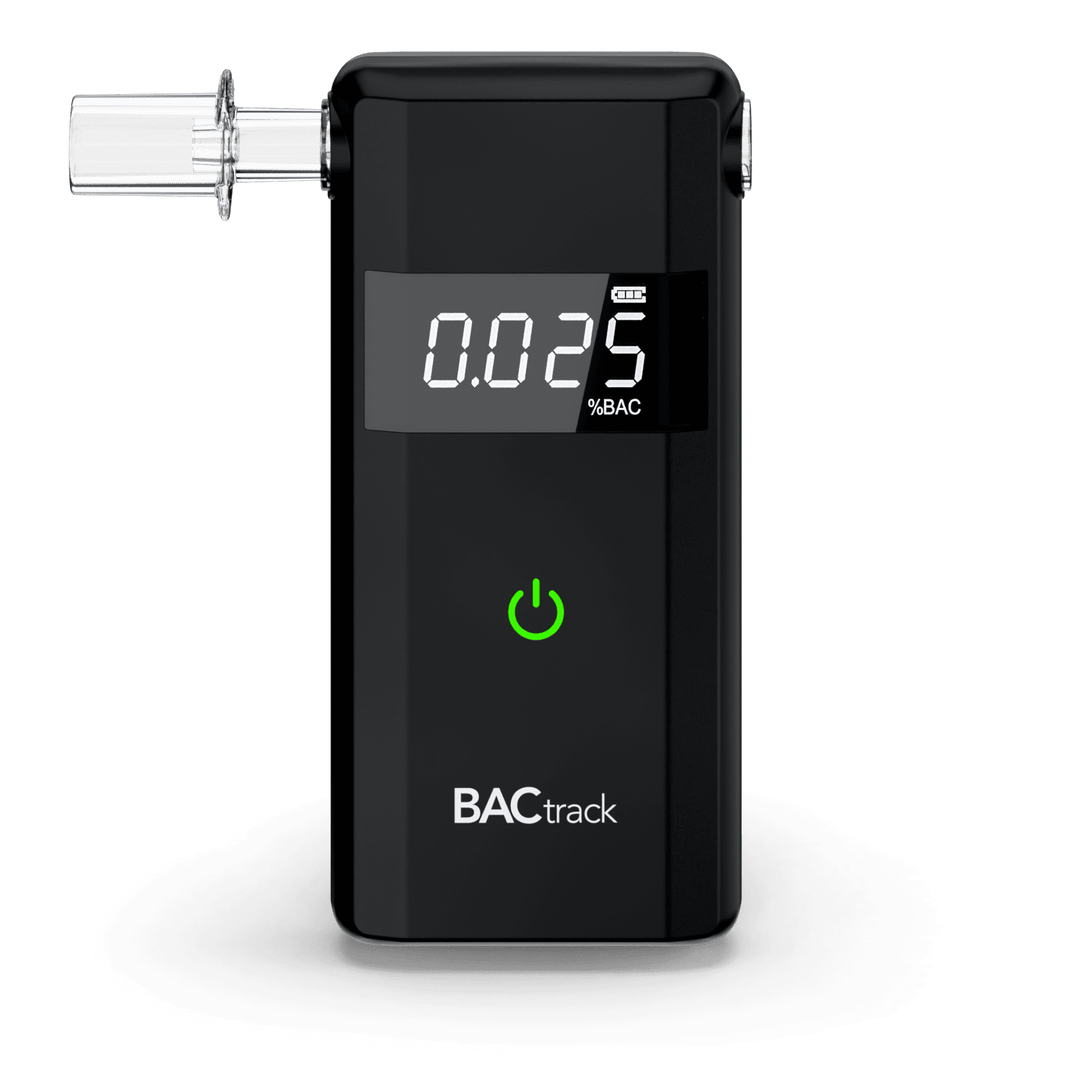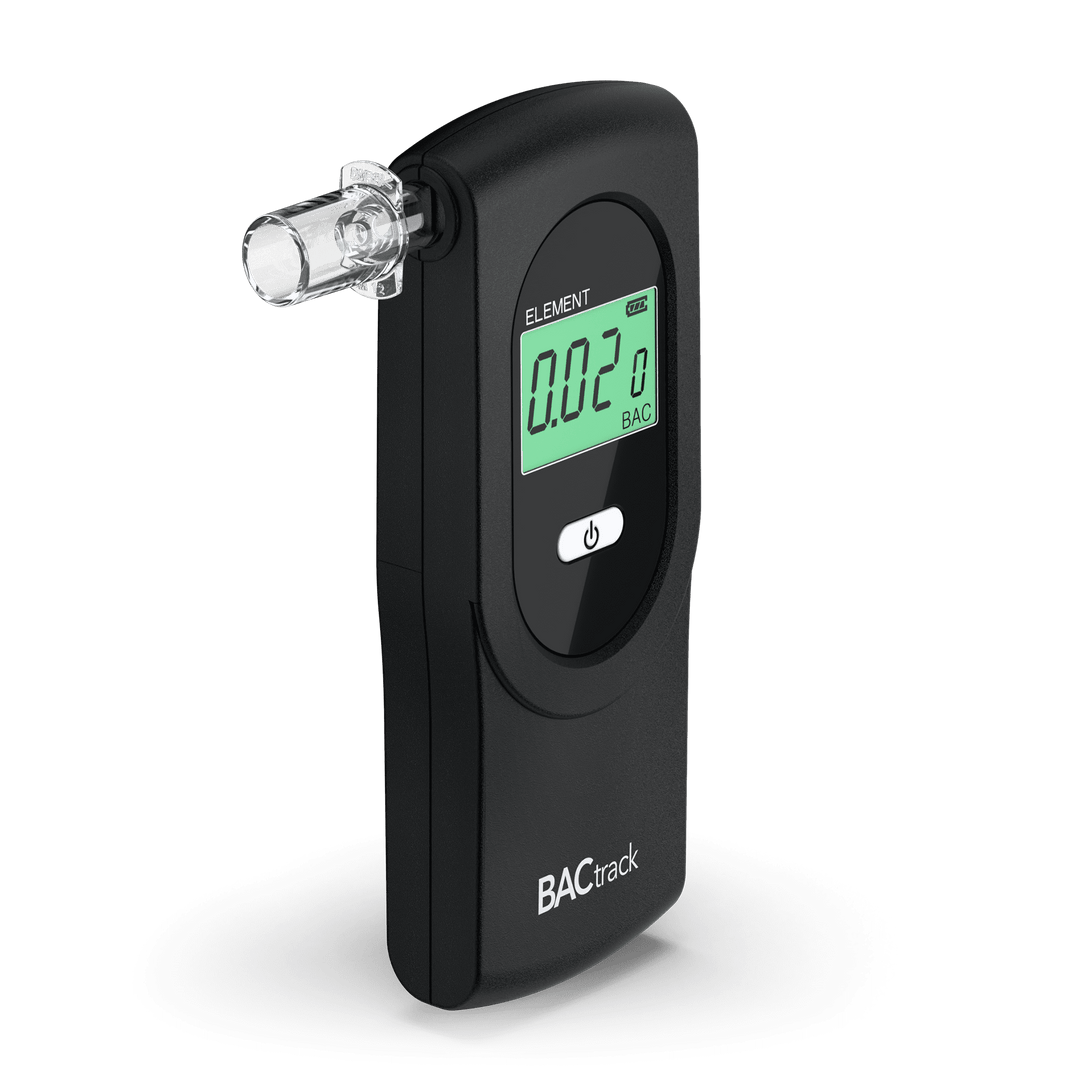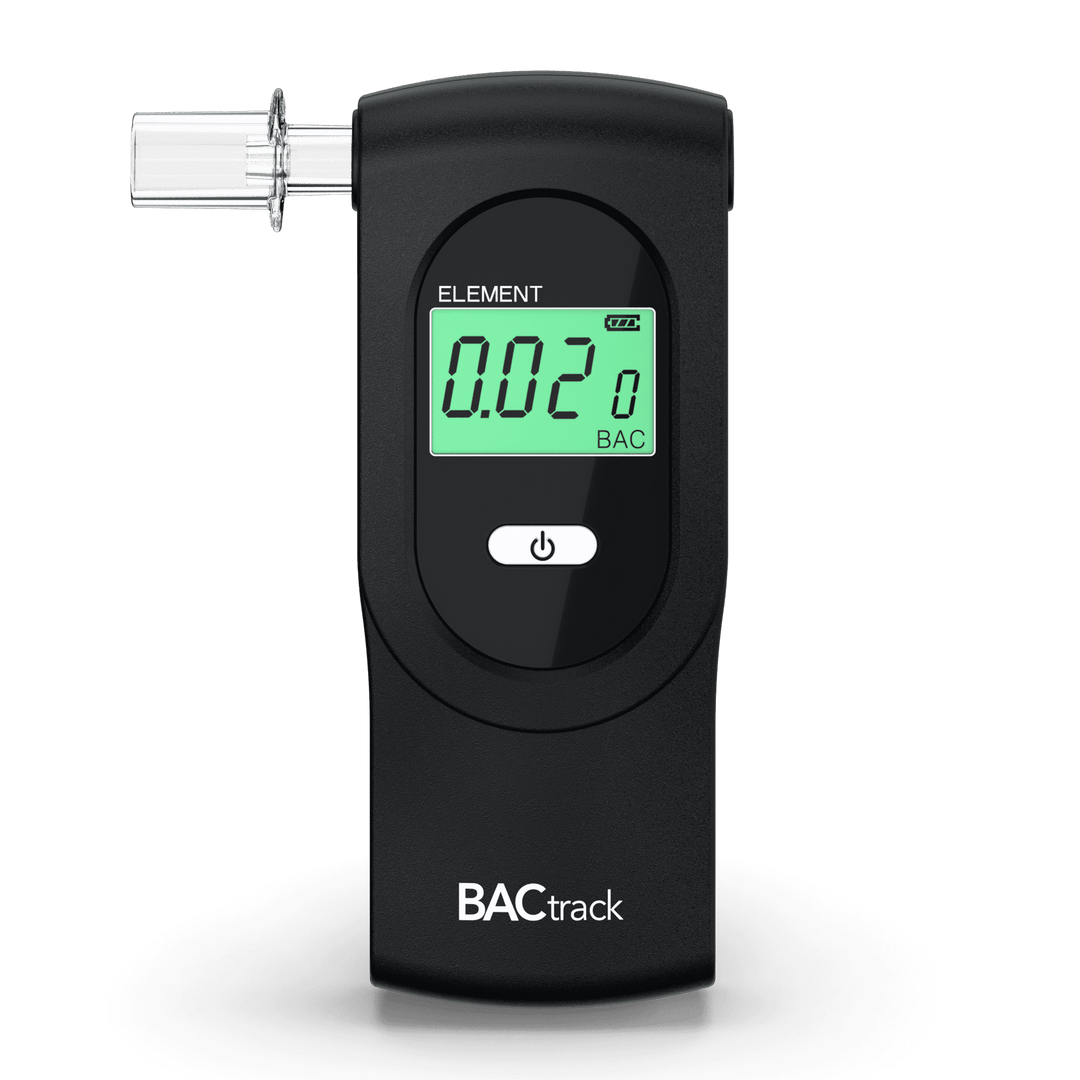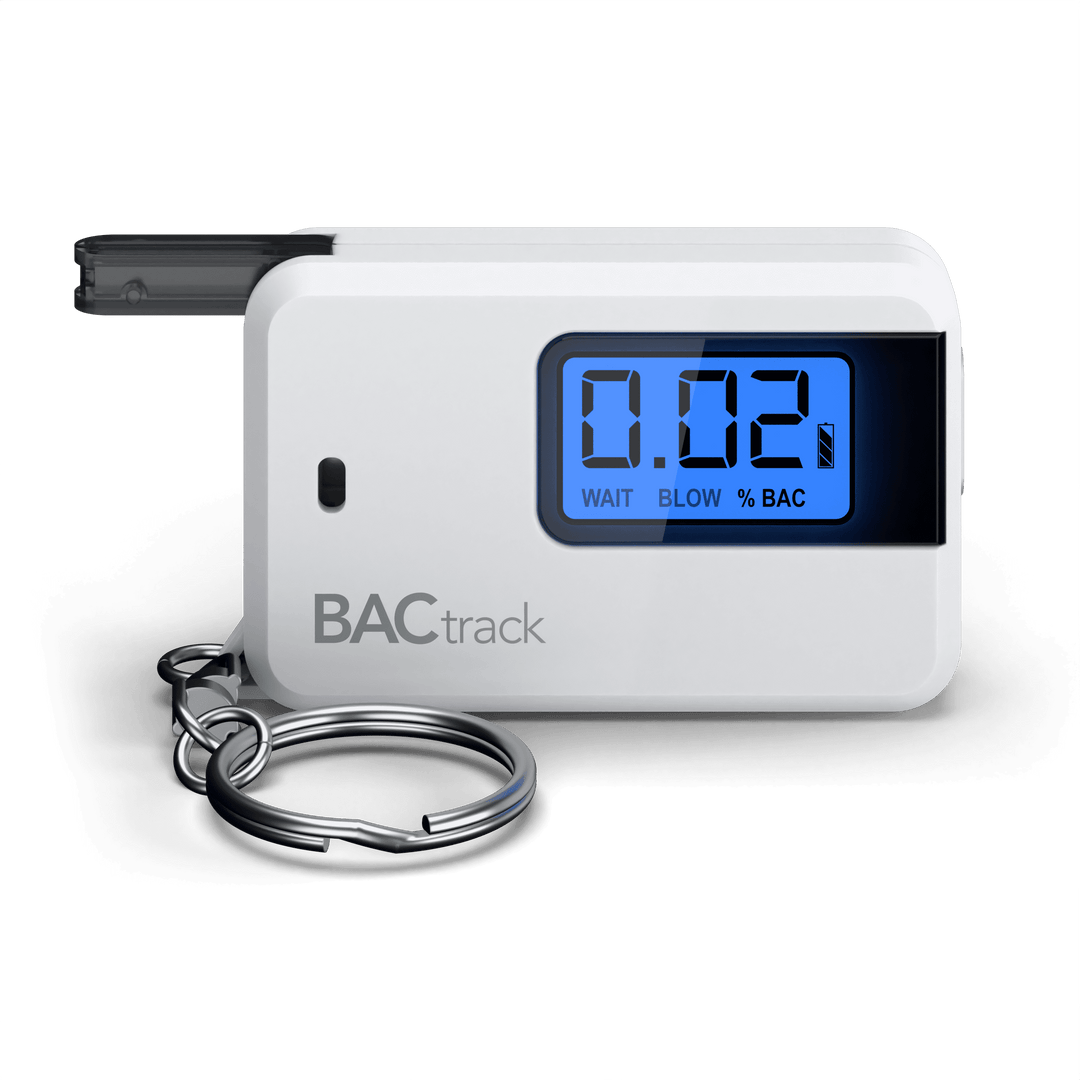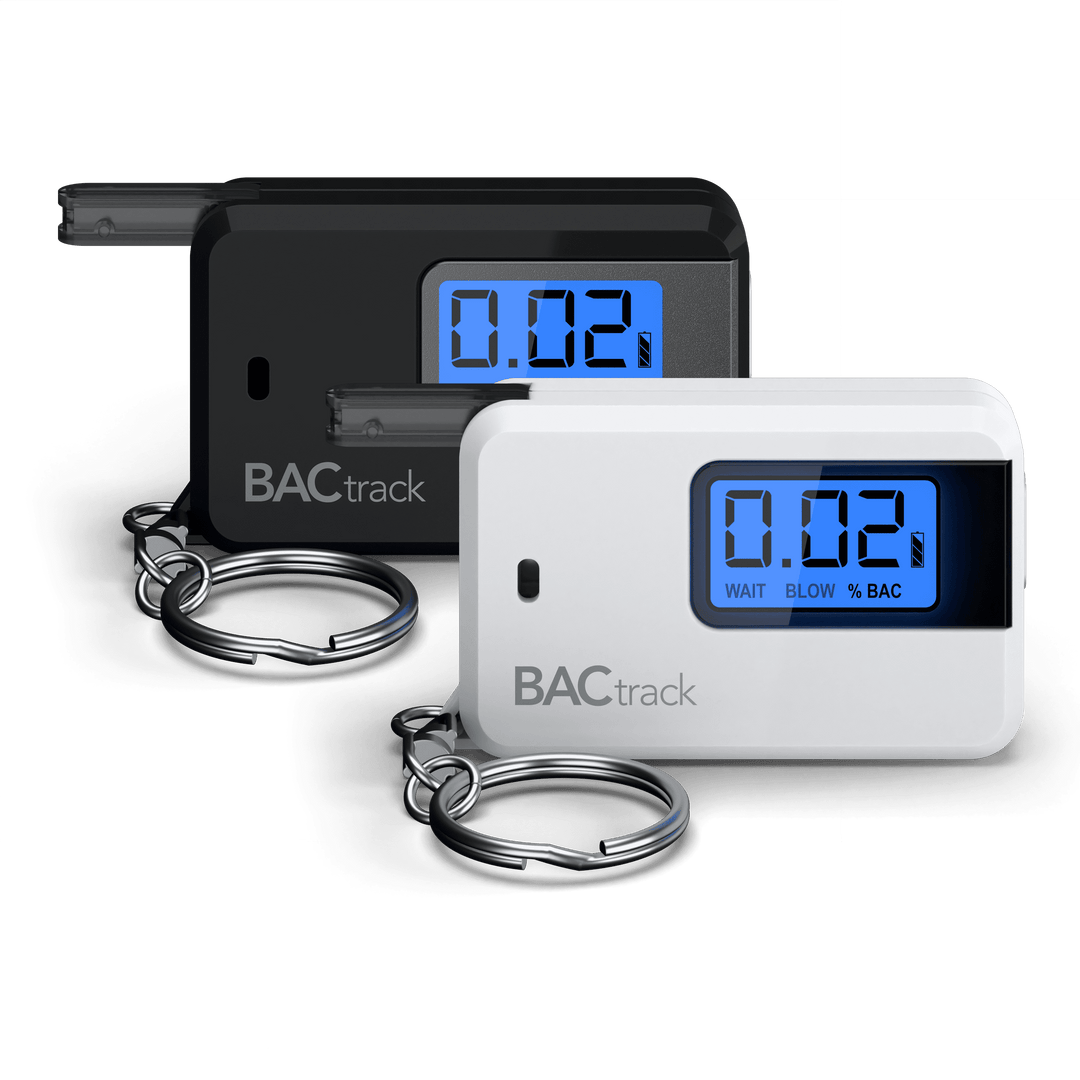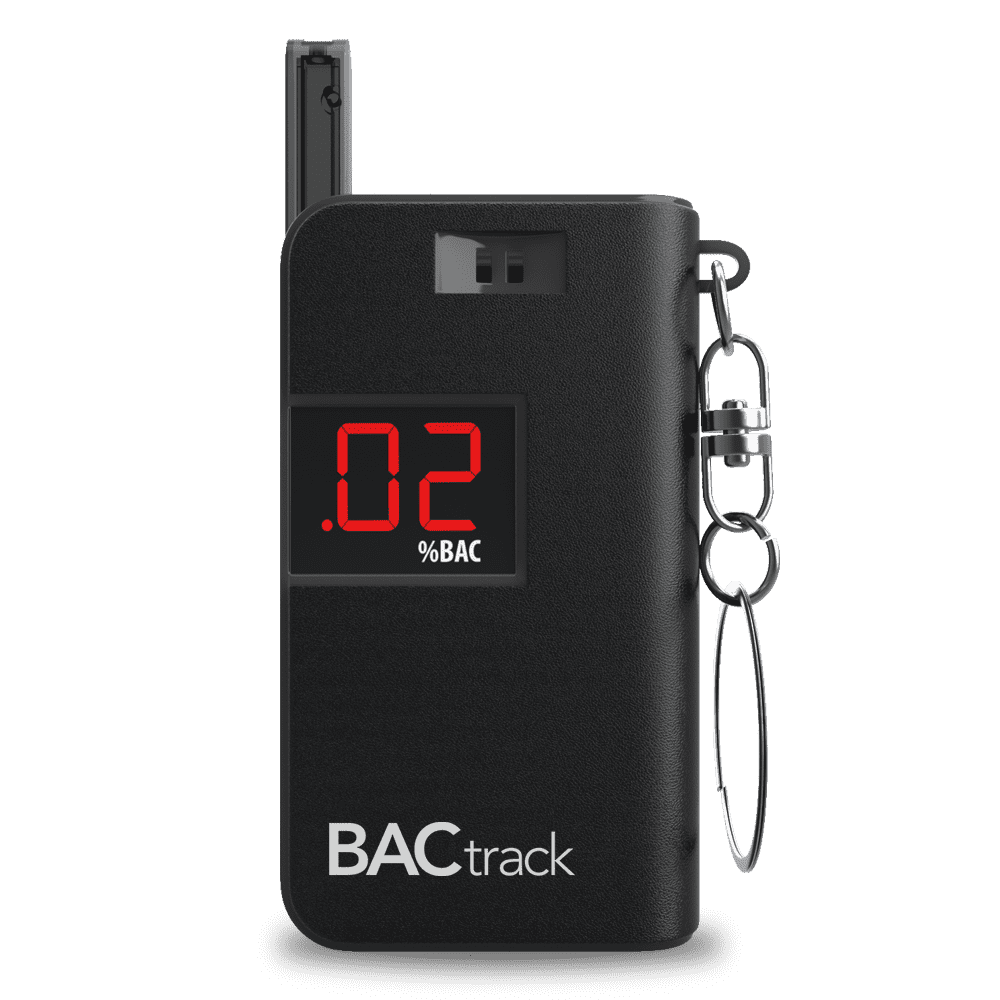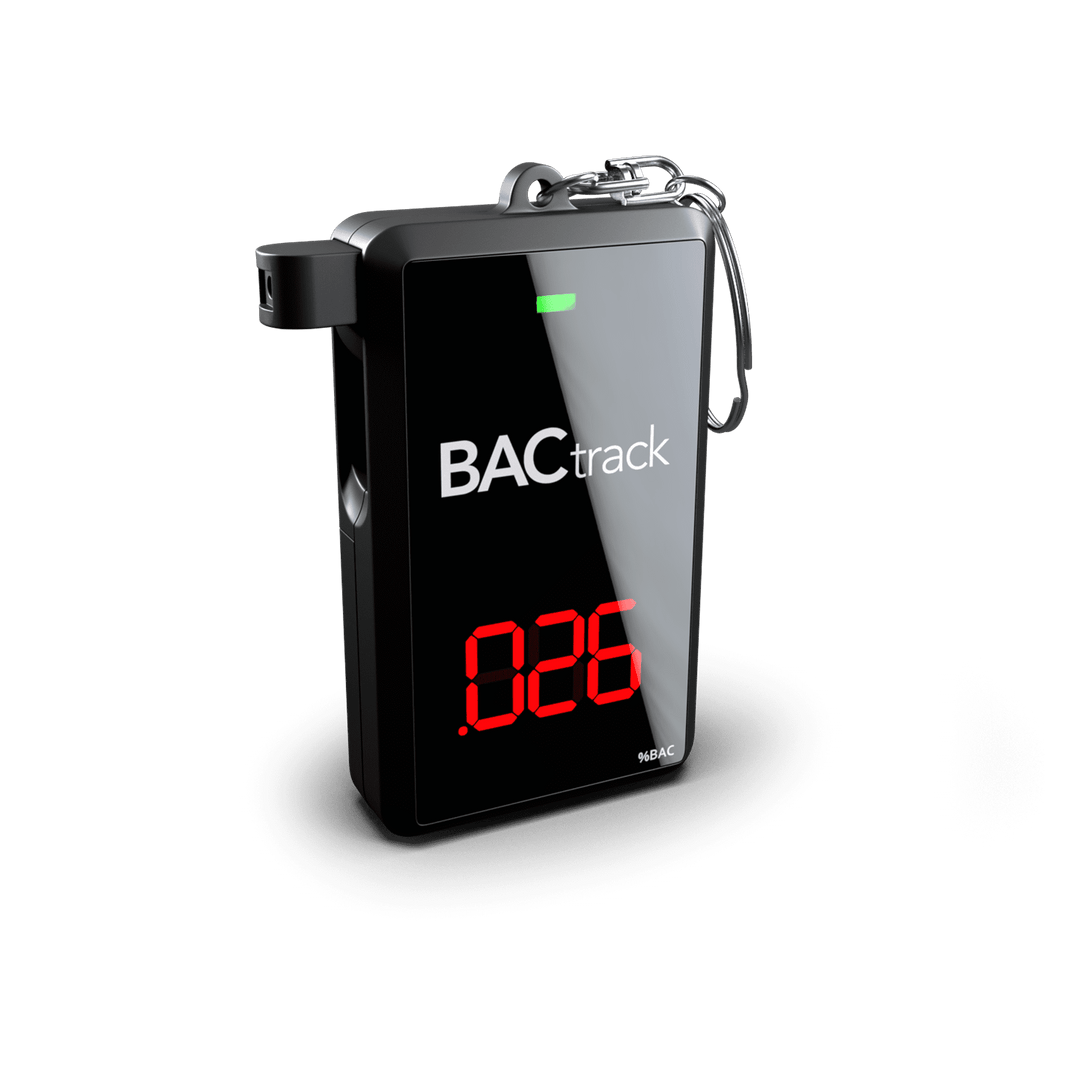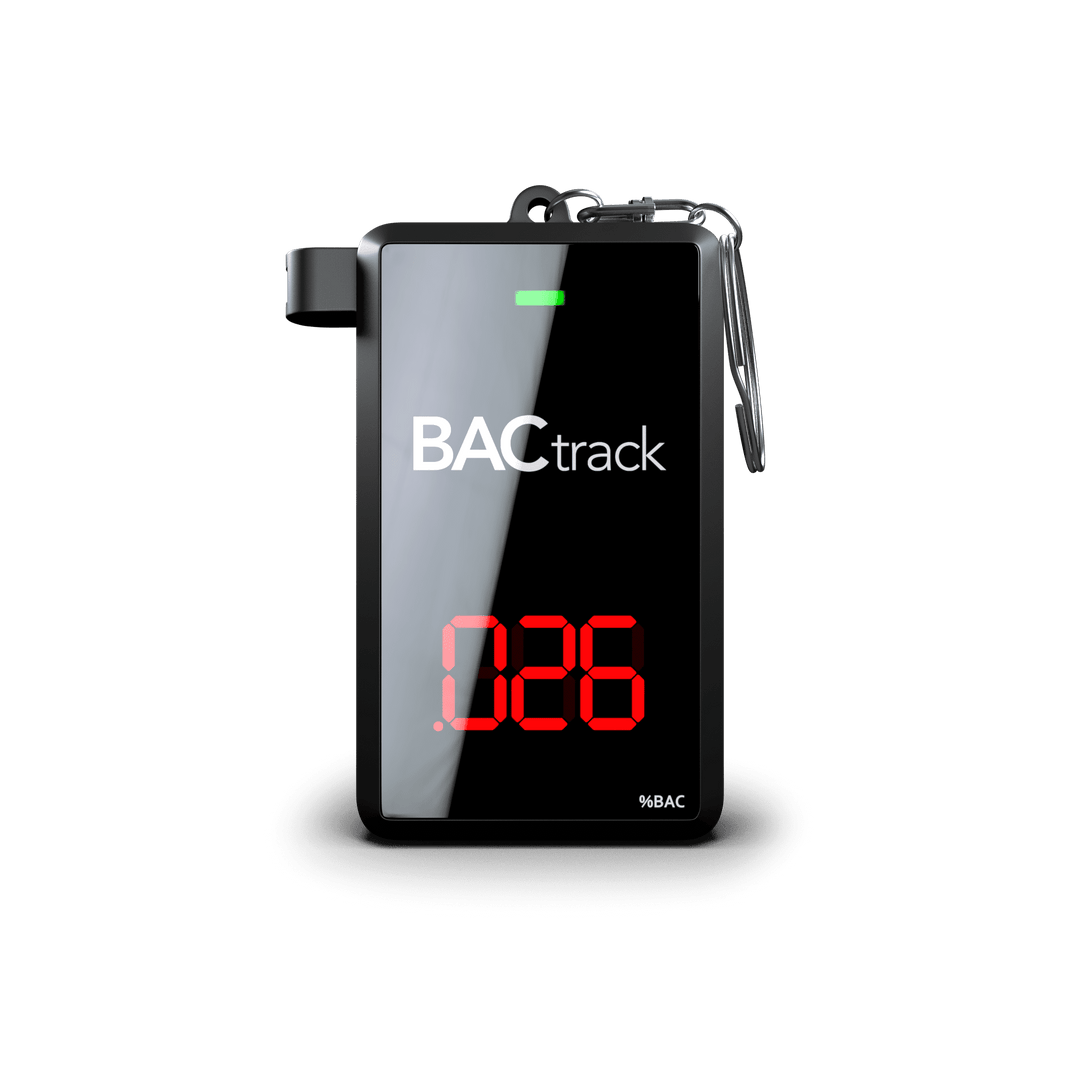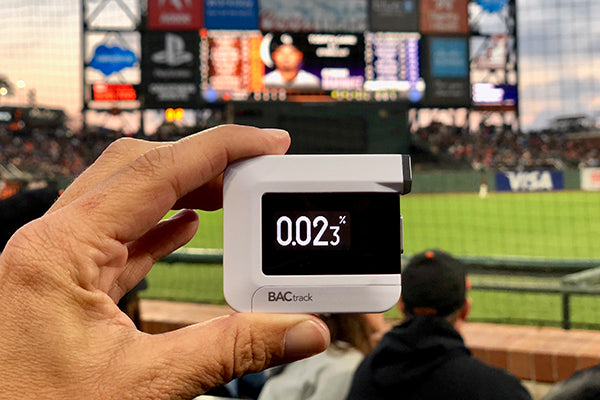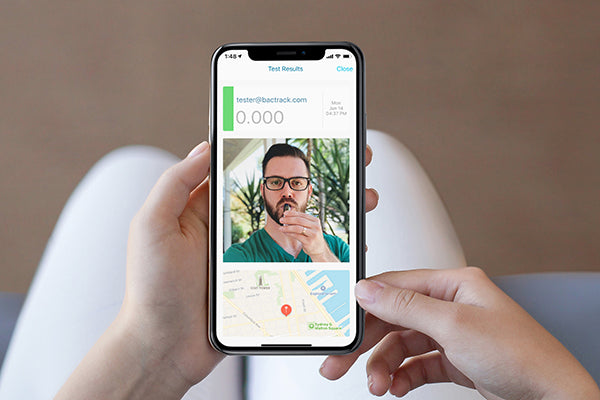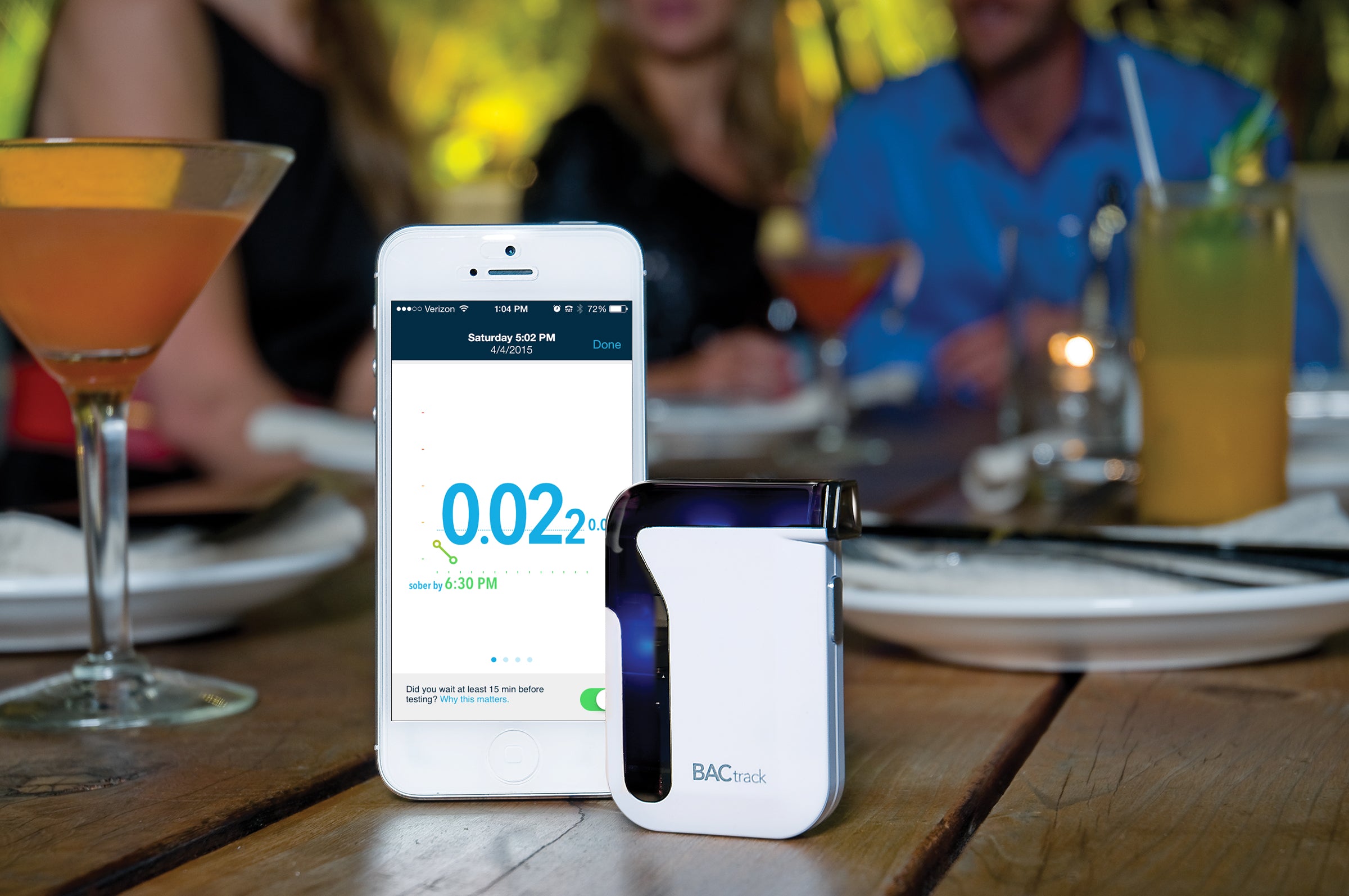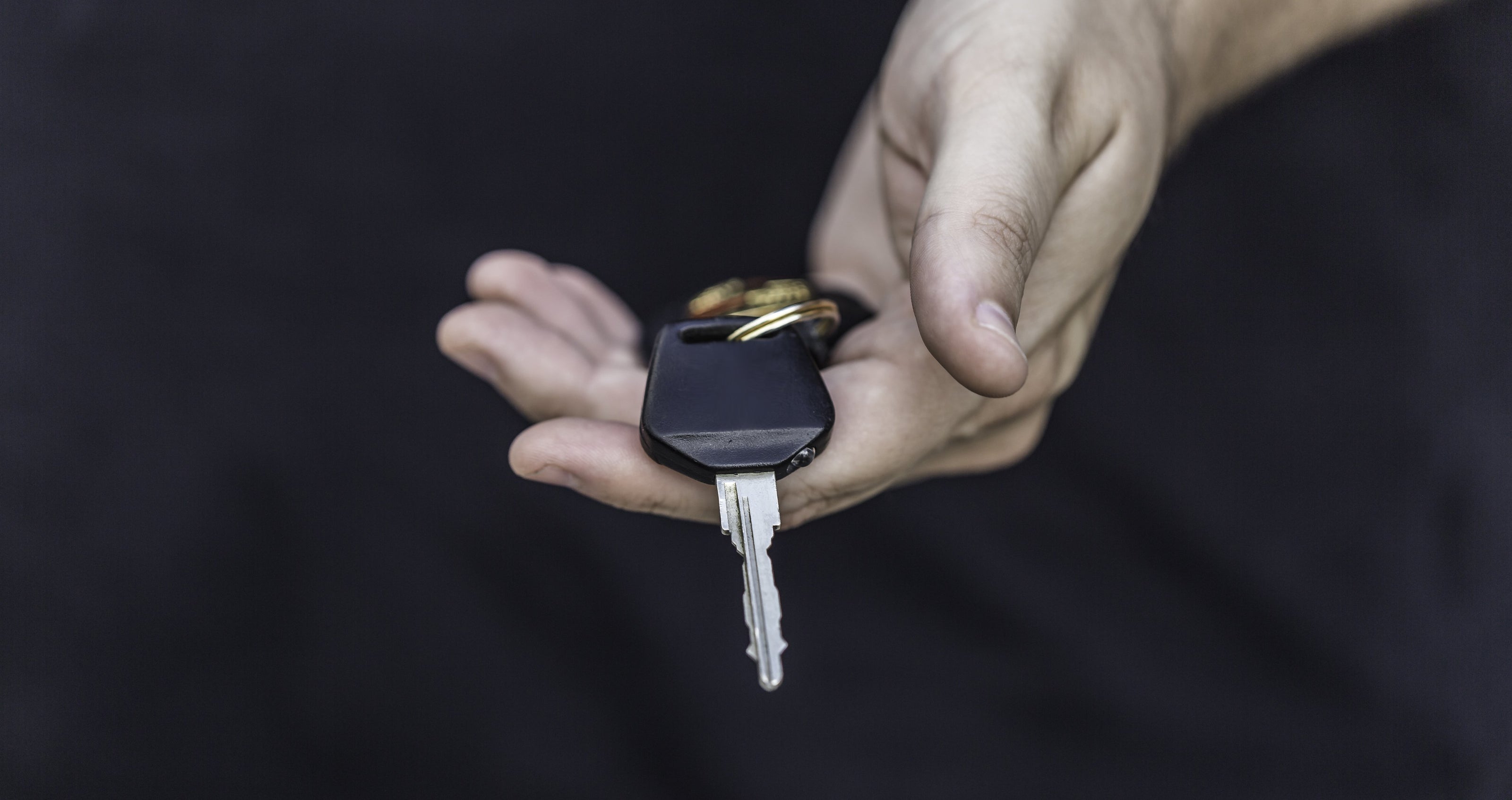Your blood alcohol concentration (BAC) can be measured multiple ways. You can have it tested by a law enforcement officer on the side of a road or in a clinical setting such as a lab. Or you can dispense with the legal ramifications, humiliation, pain, trouble, and expense associated with the first two options and self-estimate your BAC before you get behind the wheel of your car. Following are common methods of assessing your own BAC and the reliability grades associated with each method.
Just because you can touch your nose with the tip of your index finger or hop on one foot doesn’t mean your BAC is under control.
You Be the Judge
As you imbibe alcoholic beverages and approach the .08 %BAC legal driving limit, you may notice that you’re less inhibited and more extroverted than normal, and even experience feelings of mild euphoria. Your coordination may also begin falter and your ability to reason may become impaired. If you continue drinking and sail past .08 %BAC, you may experience dramatic mood swings, slurred speech, severe motor impairment, and, worst of all, unsound judgment. The obvious call: Don’t get in your car and drive. But that isn’t so easy a decision when you aren’t thinking clearly.
Reliability Grade: D
One-Drink-Per-Hour Rule
The one-drink-per-hour rule isn’t hard to track. And it’s convenient – you don’t need a testing device to estimate your BAC. Plus, it’s free. Unfortunately, not all drinks are created equal. Obviously, a drink of liquor contains a greater percentage of alcohol by volume than a comparable volume of beer or wine. In addition, many personal factors can affect your BAC, including your gender, age, weight, health, metabolism, medications, and food ingestion. Other variables, such as fatigue and general health, can also increase your degree of impairment. The one-drink-per-hour rule is one rule that’s easy to break.
Reliability Grade: C
BAC Calculators and Charts
Free and readily available BAC calculators and charts can help you approximate your BAC levels based on your gender, weight, and quantity and type of drinks consumed over a certain period of time. BAC calculators and charts can be found on the websites of DMVs, colleges and universities, DUI attorneys, and nonprofit organizations. But simplicity is not always a virtue. BAC calculators and charts have inherent limitations, and are usually accompanied by lengthy disclaimers. Many even include warnings regarding their accuracy. BAC calculators and charts do not take into account such personal factors as metabolism, health, medications, and recent consumption of food. As a general indicator, however, they can give you a rough idea about your BAC.
Reliability Grade: C+
Simplicity is not always a virtue. BAC calculators and charts have inherent limitations. They do not take into account such personal factors as metabolism, health, and recent consumption of food.
Breath Testing
Commercially available breathalyzers offer you a fast, convenient, and highly accurate way to measure your BAC and make informed decisions about drinking and driving. Breath testing devices are lightweight, portable, and offer immediate results. Most breathalyzers use either fuel cell sensor technology, such as BACtrack Professional Grade Breathalyzers, or they use semiconductor sensor technology, such as the BACtrack S35 or BACtrack Vio. The highest level of accuracy is achieved using Professional Grade BACtracks, all which employ our proprietary Xtend® Fuel Cell Sensors.
Reliability Grade: A+
Drink Smarter
Just because you can touch your nose with the tip of your index finger or hop on one foot doesn’t mean your BAC is under control. Measure your BAC, and your decisions to drive, very carefully.

